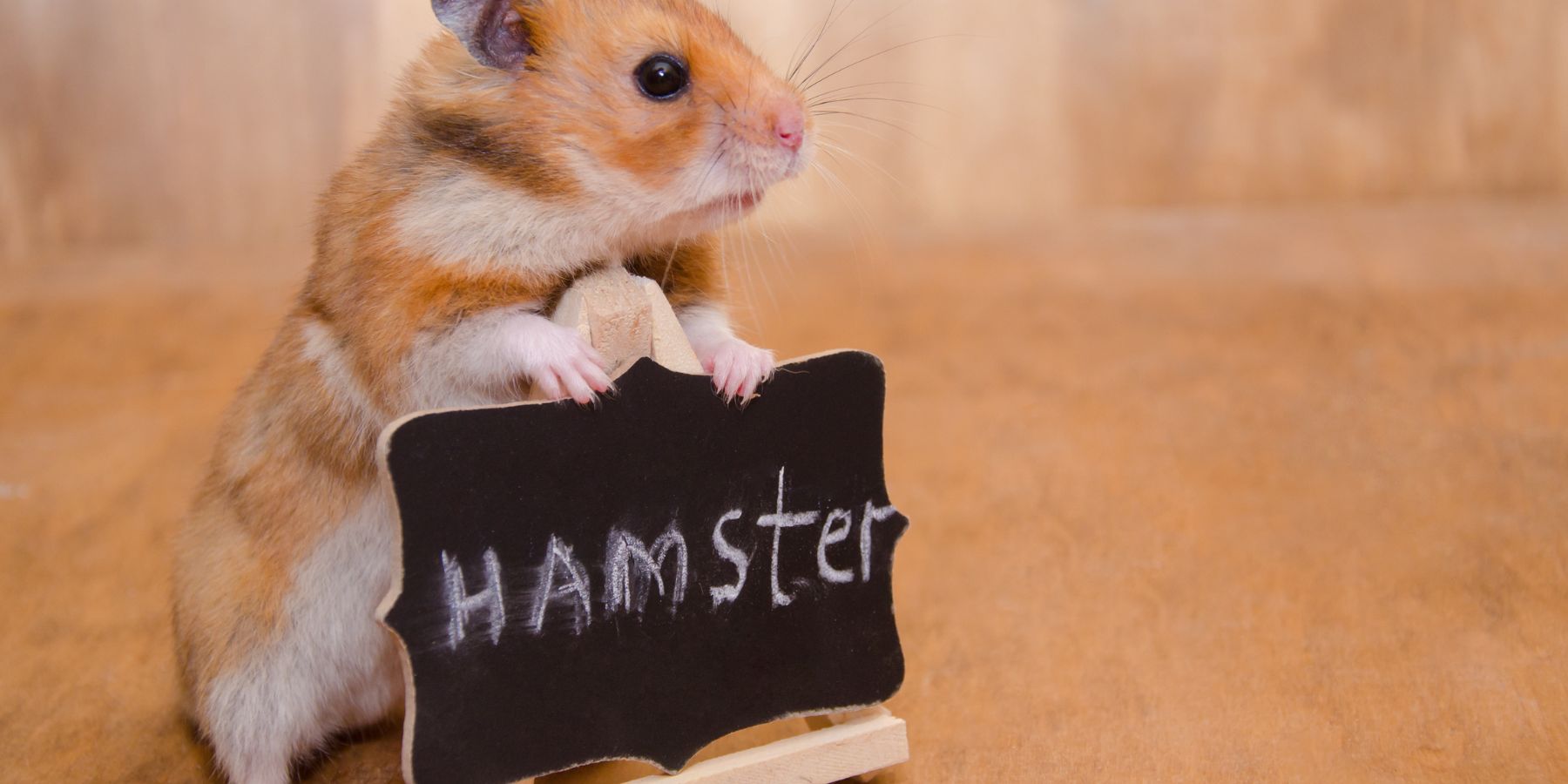Before choosing a cage, it’s important to understand what hamsters need for a happy and healthy life. They require space to play, exercise, sleep, and eat. Hamsters are active and curious animals, so the cage should cater to these traits with enough room and enrichment opportunities.
Size Matters: How Big Should the Cage Be?
The size of the cage is crucial. A common mistake is choosing a cage that’s too small. Hamsters need space to move around. The minimum size recommended is 24 inches by 12 inches, but bigger is always better. This provides ample room for exercise and play.
Types of Hamster Cages
There are several types of cages available, each with its pros and cons:
Wire Cages: Good for ventilation, but the spacing between bars must be small to prevent escape.
Glass Aquariums: Great for visibility and keeping bedding inside, but they need adequate ventilation.
Plastic Modular Cages: Fun and customizable, but can be challenging to clean and may not provide enough space.
The Importance of Ventilation
Proper ventilation is essential for your hamster’s health. Cages need to allow air flow to prevent the buildup of ammonia from urine. Wire cages typically offer the best ventilation, while aquariums need a mesh top to ensure adequate air circulation.
Ease of Cleaning
Choose a cage that’s easy to clean. Hamsters need a clean environment to avoid health problems. Cages that have removable trays, wide doors, or are easy to disassemble will make the cleaning process less of a chore.
Safety and Security
The cage must be safe and secure. It should have no sharp edges or small parts that can be chewed off and swallowed. The door latch must be secure to prevent escapes. For wire cages, ensure the bar spacing is narrow enough to prevent your hamster from squeezing through.
Room for Accessories and Toys
There should be enough space in the cage for accessories like a wheel, hiding spots, and toys. These are important for your hamster’s physical and mental wellbeing. The cage should accommodate these items without being cluttered.
Bedding and Nesting Area
Ensure there’s ample space for bedding, as hamsters love to burrow. The cage should allow for a deep layer of bedding and a dedicated area where your hamster can build a nest and feel secure.
Considering the Cage Location
Think about where you’ll place the cage in your home. It should be in a quiet area away from direct sunlight, drafts, and loud noises. The location can affect your hamster’s stress levels and overall health.
Budget and Long-Term Costs
Consider your budget, but also think about long-term costs. A more expensive cage that’s durable and easy to clean can be more cost-effective in the long run. Remember, a good cage is an investment in your hamster’s health and happiness.
Reading Reviews and Getting Recommendations
Before making a purchase, read reviews and ask for recommendations. Other hamster owners’ experiences can be invaluable in making the right choice. Look for feedback on durability, ease of cleaning, and hamster satisfaction.
Conclusion
Choosing the perfect cage for your hamster is a crucial decision that affects their quality of life. It’s not just about aesthetics or cost, but about providing a safe, comfortable, and stimulating environment. By considering size, ventilation, safety, and the specific needs of your pet, you can select a cage that ensures a happy and healthy life for your furry friend.

